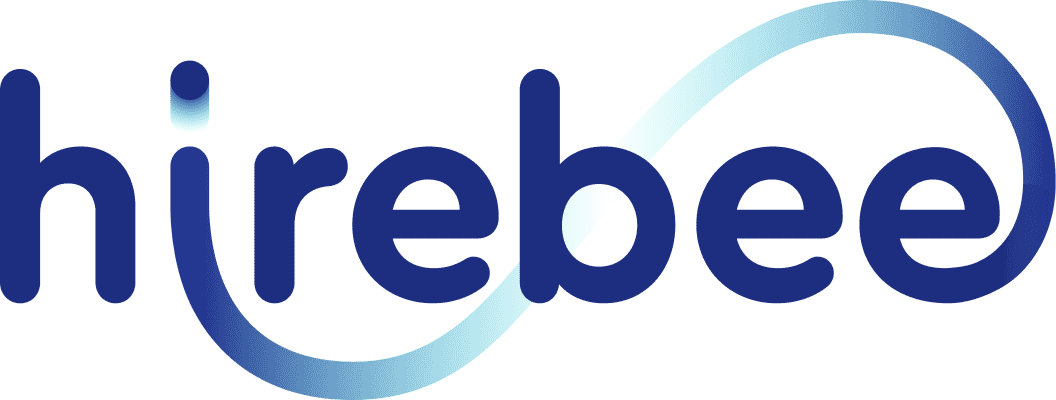Mental health is a critical aspect of overall well-being, and it is essential to ensure that employees have access to the resources they need to maintain good mental health. Mental health initiatives in the workplace can help reduce the stigma associated with mental health issues and promote a culture of well-being. This comprehensive guide aims to provide organizations with the tools they need to develop and implement effective mental health programs.
The guide will cover four key areas: leadership and governance, destigmatization, access to resources, and mental health days. The leadership and governance section will focus on establishing a mental health policy and appointing a mental health coordinator to oversee the program. The destigmatization section will cover ways to reduce the stigma associated with mental health issues, including training sessions, workshops, and awareness campaigns. The access to resources section will provide guidance on providing employees with access to mental health resources such as counseling, therapy, and support groups. Finally, the mental health days section will cover the importance of offering employees paid time off for mental health days and creating a culture that supports mental health and well-being.

By implementing these initiatives, organizations can create a culture that supports mental health and well-being, reduce the stigma associated with mental health issues, and improve employee well-being and productivity. This, in turn, improves the employee-organization relationship.
Table of Contents
ToggleComprehensive Mental Health Initiatives
Leadership and Governance
Establishing a mental health policy that outlines the organization’s commitment to mental health and well-being is the first step in developing a comprehensive mental health program. The policy should be developed with input from employees, management, and other stakeholders to ensure that it reflects the needs of the organization. The policy should also be reviewed and updated regularly to ensure that it remains relevant and effective.
Appointing a mental health coordinator to oversee the program is essential to its success. The coordinator should have the necessary skills and experience to develop and implement the program effectively. They should also have the authority to make decisions and allocate resources to ensure that the program is successful.
In addition to appointing a mental health coordinator, organizations should also establish a mental health committee or task force. This group should be composed of representatives from different departments and levels of the organization to ensure that the program is inclusive and reflects the needs of all employees.
By establishing a mental health policy and appointing a mental health coordinator and committee, organizations can demonstrate their commitment to mental health and well-being. This can help reduce the stigma associated with mental health issues and encourage employees to seek help when they need it.
Destigmatization
Educating employees about mental health and reducing the stigma associated with it is a crucial step in developing a comprehensive mental health program. Stigma can prevent employees from seeking help when they need it and can lead to feelings of isolation and shame.

Training sessions, workshops, and awareness campaigns can be effective ways to reduce stigma and promote mental health in the workplace. These initiatives should be designed to educate employees about mental health, reduce the stigma associated with it, and encourage employees to seek help when they need it.
Training sessions can be used to teach employees about common mental health conditions, how to recognize the signs and symptoms of these conditions, and how to support colleagues who may be struggling with mental health issues. Workshops can be used to provide employees with practical tools and strategies for managing their mental health and well-being.
Awareness campaigns can be used to raise awareness about mental health and reduce the stigma associated with it. These campaigns can take many forms, including posters, emails, and social media posts. They should be designed to engage employees and encourage them to learn more about mental health and well-being.
By educating employees about mental health and reducing the stigma associated with it, organizations can create a culture that supports mental health and well-being. This can help employees feel more comfortable seeking help when they need it and can lead to improved mental health outcomes.
Access to Resources
Providing employees with access to mental health resources such as counseling, therapy, and support groups is essential to promoting mental health and well-being in the workplace. These resources should be confidential, affordable, and easily accessible to all employees.
Counseling and therapy services can be provided through employee assistance programs (EAPs) or through partnerships with mental health providers. EAPs are standalone packages that include counseling support provision, often from a nationwide pool of vetted affiliate counselors. Some organizations pay for counseling by recruiting a workplace counselor either full time or part time, or on an ad hoc basis, depending on the size of the workforce.
Support groups can be organized within the organization or through partnerships with community organizations. These groups can provide employees with a safe and supportive environment to share their experiences and receive support from others who may be going through similar challenges.
By providing employees with access to mental health resources, organizations can demonstrate their commitment to mental health and well-being. This can help reduce the stigma associated with mental health issues and encourage employees to seek help when they need it.
Mental Health Days
Offering employees paid time off for mental health days is an essential component of a comprehensive mental health program. Mental health days provide employees with the opportunity to take time off when they need it and focus on their mental health and well-being.

Encouraging employees to take mental health days when they need them is critical to creating a culture that supports mental health and well-being. Employees should feel comfortable taking time off when they need it and should not feel guilty or ashamed for doing so.
Creating a culture that supports mental health and well-being requires leadership and commitment from the organization. Leaders should encourage employees to take time off when they need it and should lead by example by taking mental health days themselves.
In addition to offering mental health days, organizations should also provide employees with access to mental health resources such as counseling, therapy, and support groups. These resources should be confidential, affordable, and easily accessible to all employees.
By offering mental health days and providing employees with access to mental health resources, organizations can create a culture that supports mental health and well-being. This can help reduce the stigma associated with mental health issues and encourage employees to seek help when they need it.
Measuring the Impact
Measuring the impact of mental health initiatives in the workplace is essential to ensure that the program is effective and meets the needs of employees. There are several ways to measure the impact of mental health initiatives.

One way to measure the impact of mental health initiatives is through employee surveys. Surveys can help organizations understand the effectiveness of their mental health programs. Surveys can be used to gather feedback from employees about the program, identify areas for improvement, and track changes in employee well-being over time. The World Health Organization (WHO) recommends conducting employee surveys to assess the mental health of employees.
Another way to measure the impact of mental health initiatives is through usage data. Tracking the usage of mental health resources such as counseling, therapy, and support groups can provide valuable insights into the effectiveness of the program. Organizations can use this data to identify trends, measure the impact of specific initiatives, and make data-driven decisions about the program.
Absenteeism and turnover rates can also be monitored to understand the impact of mental health issues on the workforce. High absenteeism and turnover rates can be a sign that employees are struggling with mental health issues and may need additional support.
Measuring the financial impact of mental health initiatives can help organizations understand the return on investment (ROI) of the program. This can include measuring the cost savings associated with reduced absenteeism and turnover rates, as well as the impact of the program on employee productivity and engagement.
By measuring the impact of mental health initiatives, organizations can identify areas for improvement, make data-driven decisions, and ensure that the program is effective and meets the needs of employees.
Conclusion
Mental health is a critical aspect of overall well-being, and it is essential to ensure that employees have access to the resources they need to maintain good mental health. Mental health initiatives in the workplace can help reduce the stigma associated with mental health issues and promote a culture of well-being.
This comprehensive guide aims to provide organizations with the tools they need to develop and implement effective mental health programs. The guide covers four key areas: leadership and governance, destigmatization, access to resources, and mental health days.
By implementing these initiatives, organizations can create a culture that supports mental health and well-being, reduce the stigma associated with mental health issues, and improve employee well-being and productivity. Measuring the impact of mental health initiatives is essential to ensure that the program is effective and meets the needs of employees.
Employee surveys, usage data, absenteeism and turnover rates, and financial metrics can be used to measure the impact of mental health initiatives. By measuring the impact of mental health initiatives, organizations can identify areas for improvement, make data-driven decisions, and ensure that the program is effective and meets the needs of employees.
In conclusion, mental health initiatives in the workplace are essential to promoting mental health and well-being. By implementing these initiatives and measuring their impact, organizations can create a culture that supports mental health and well-being and improve employee well-being and productivity.
FAQs
Why are mental health initiatives important in the workplace?
Mental health initiatives are essential to promoting mental health and well-being in the workplace. They can help reduce the stigma associated with mental health issues, create a culture that supports mental health and well-being, and improve employee well-being and productivity.
What are some examples of mental health initiatives in the workplace?
Mental health initiatives can include leadership and governance, destigmatization, access to resources, and mental health days. Leadership and governance initiatives can involve establishing a mental health policy and appointing a mental health coordinator to oversee the program. Destigmatization initiatives can include training sessions, workshops, and awareness campaigns. Access to resources initiatives can involve providing employees with access to mental health resources such as counseling, therapy, and support groups. Mental health days initiatives can involve offering employees paid time off for mental health days.
How can organizations measure the impact of mental health initiatives?
Organizations can measure the impact of mental health initiatives through employee surveys, usage data, absenteeism and turnover rates, and financial metrics. These metrics can help organizations understand the effectiveness of their mental health programs, identify areas for improvement, and make data-driven decisions about the program.
How can organizations create a culture that supports mental health and well-being?
Organizations can create a culture that supports mental health and well-being by implementing mental health initiatives, promoting open communication about mental health, and encouraging employees to take time off when they need it. Leaders should lead by example by taking mental health days themselves and encouraging employees to do the same. By creating a culture that supports mental health and well-being, organizations can reduce the stigma associated with mental health issues and improve employee well-being and productivity.









